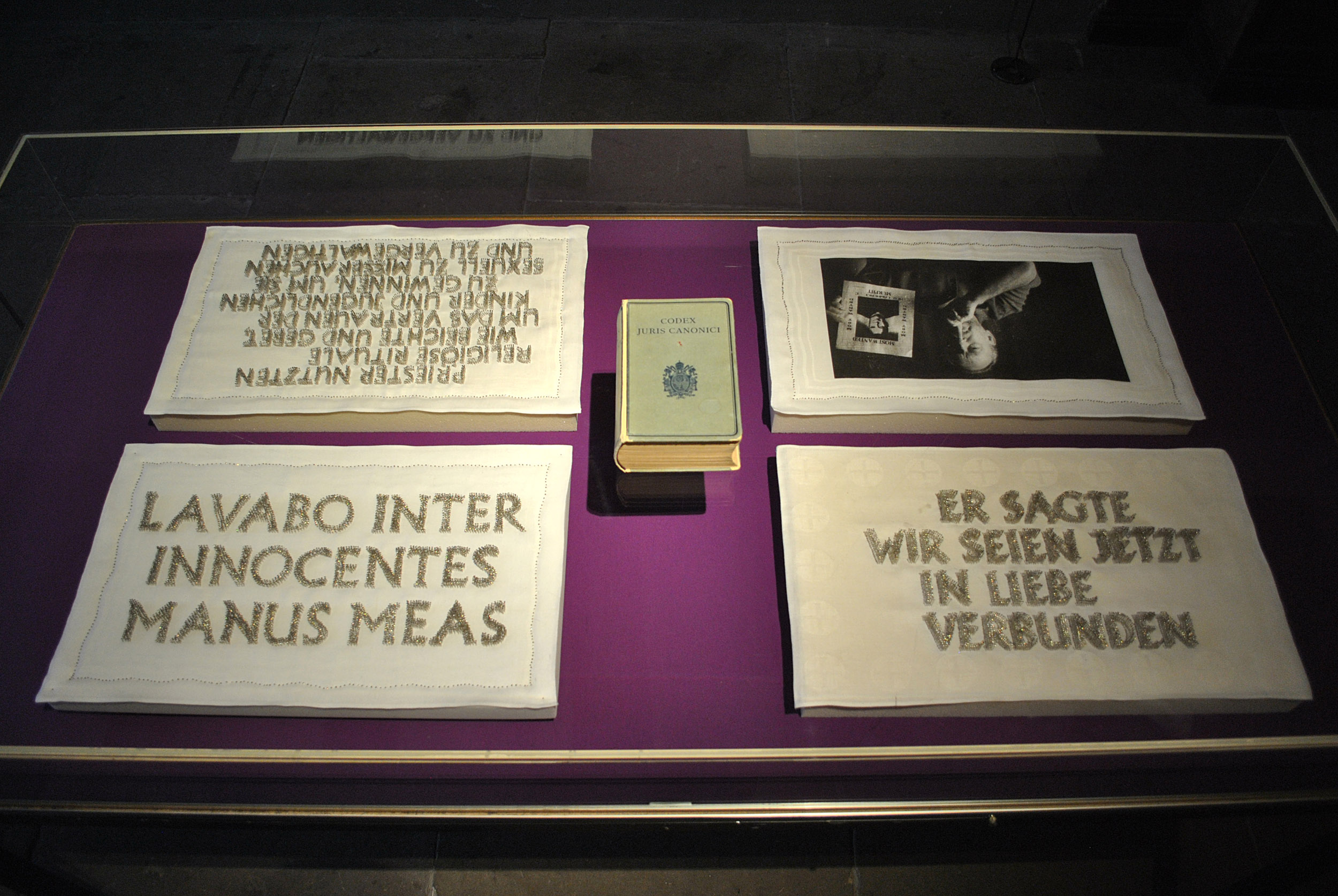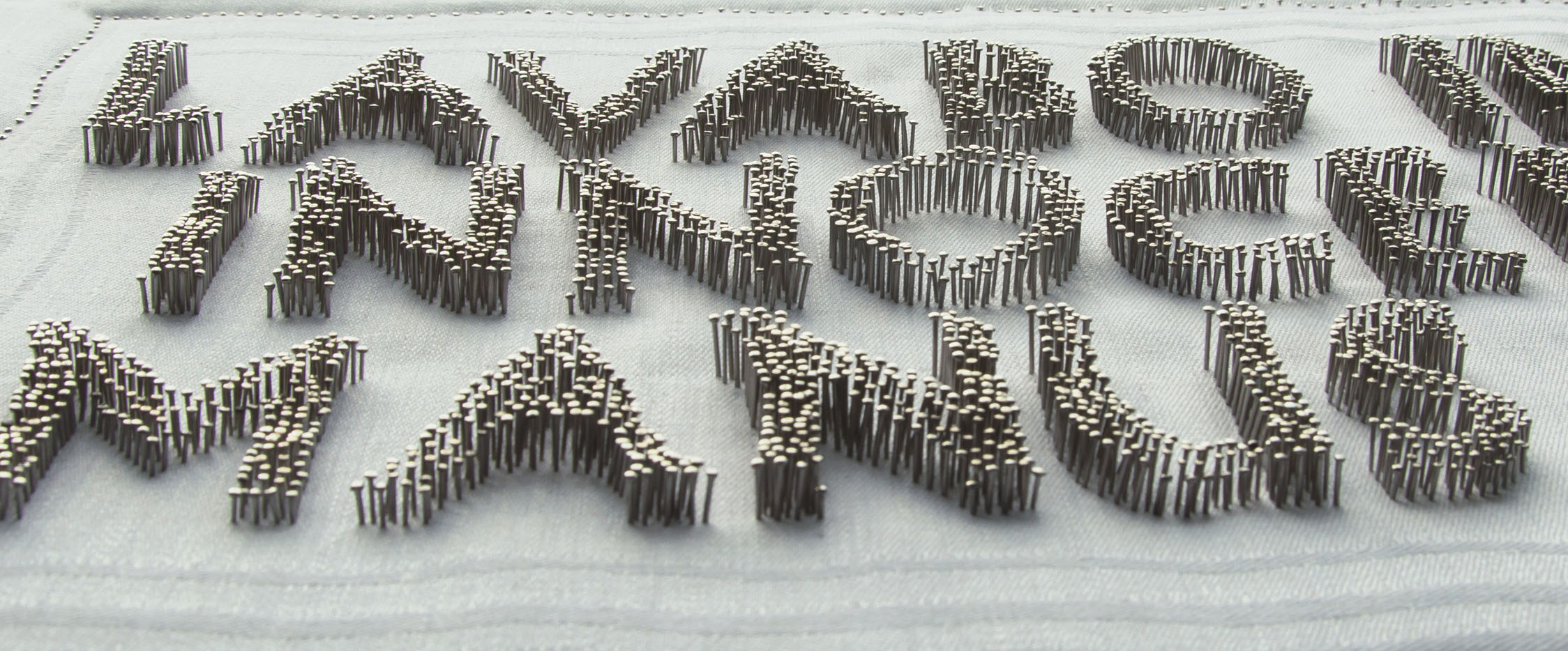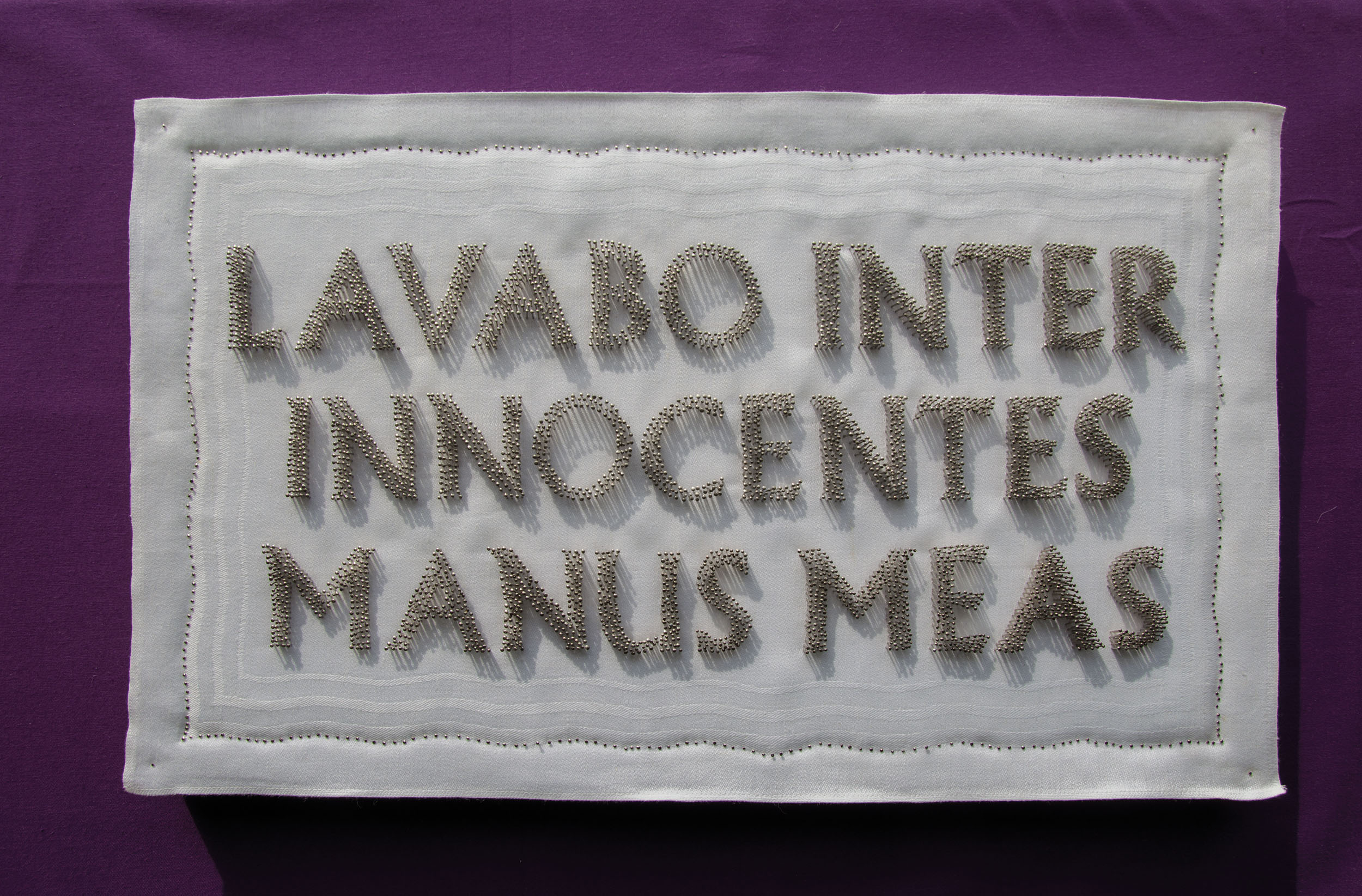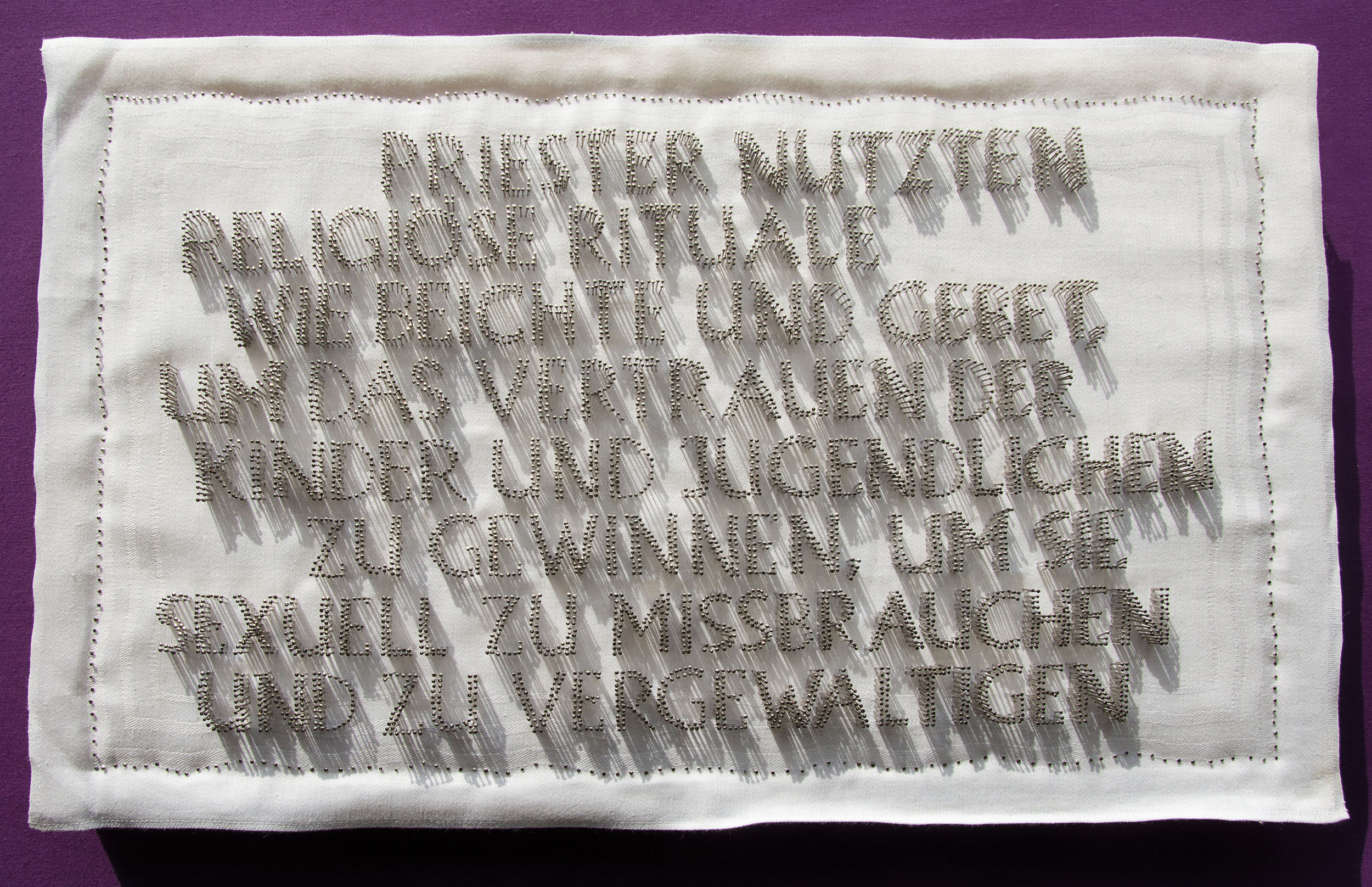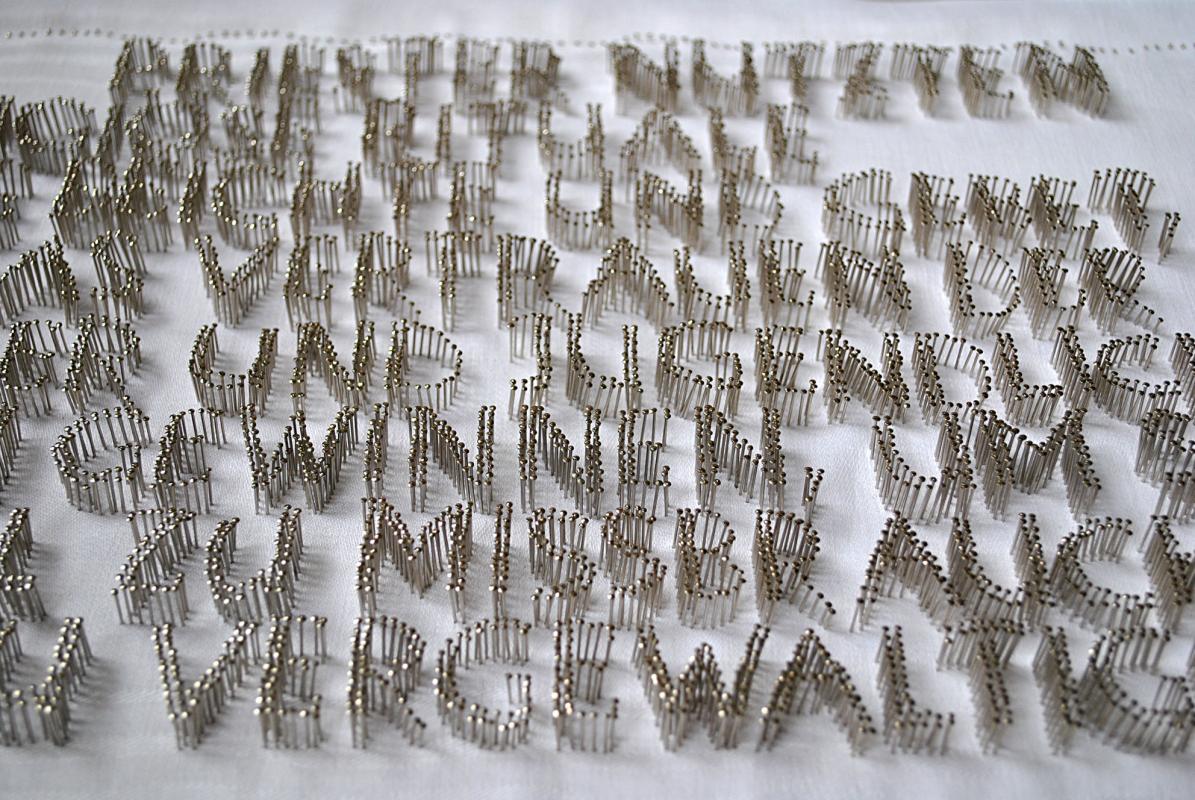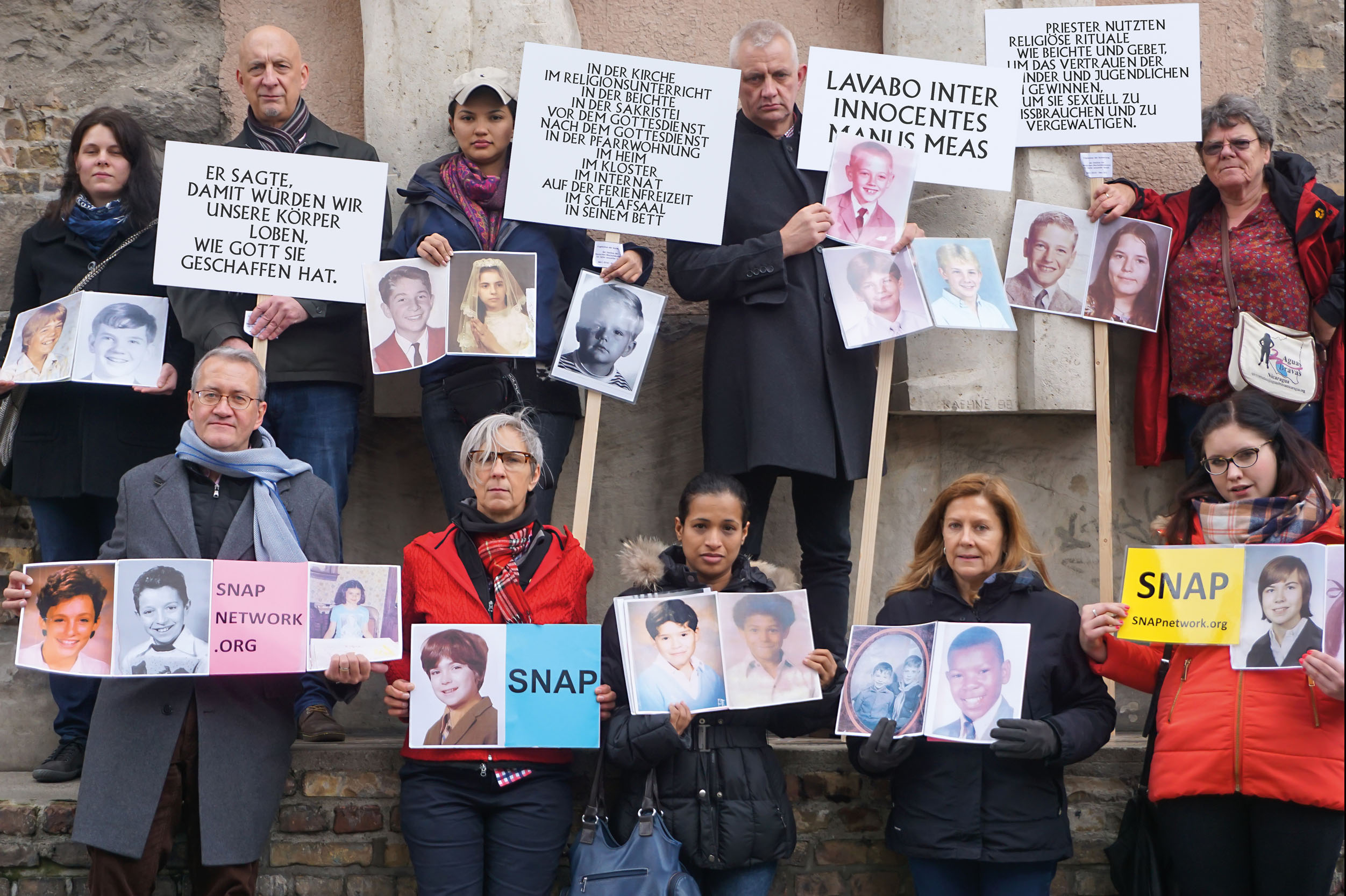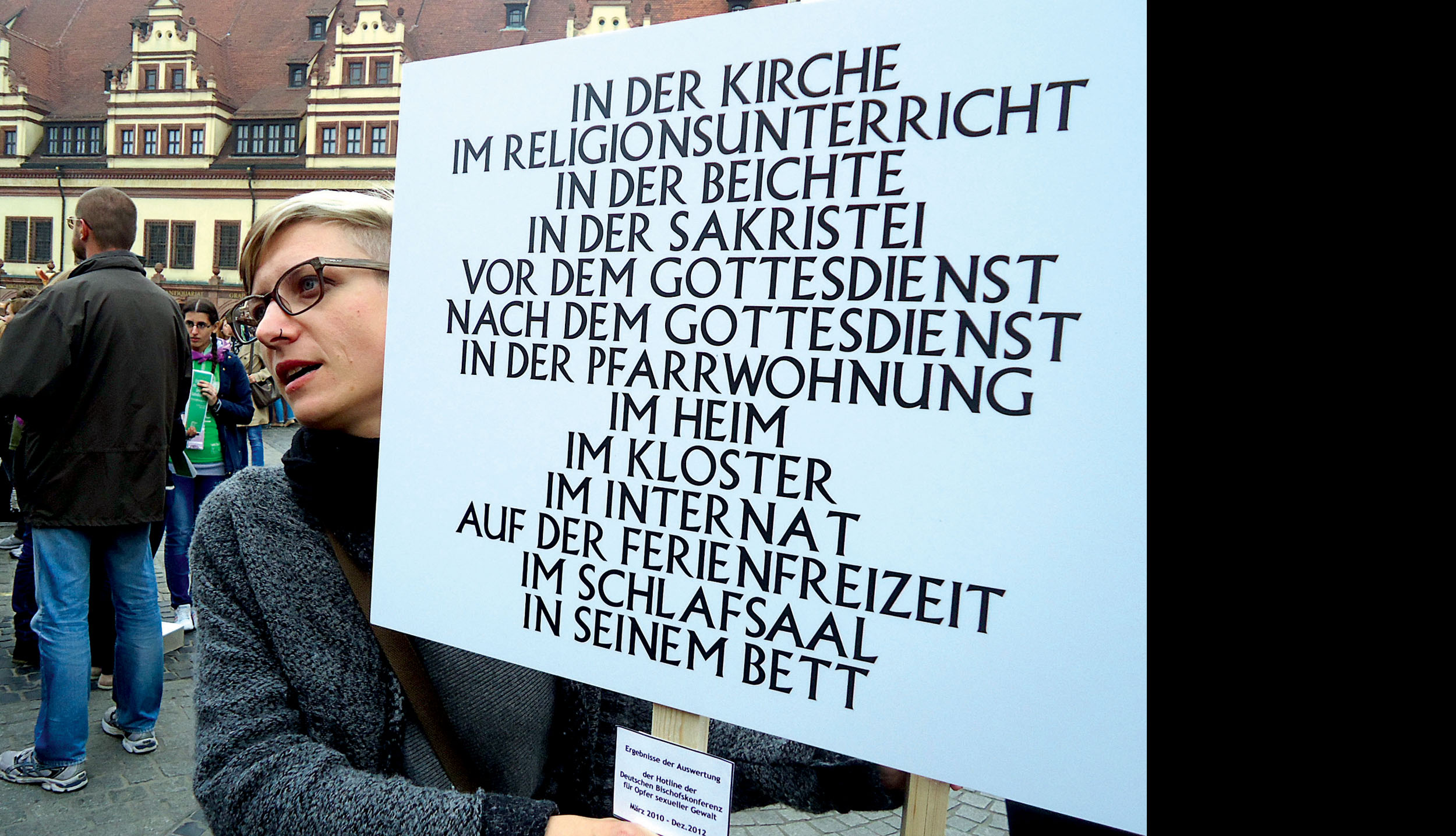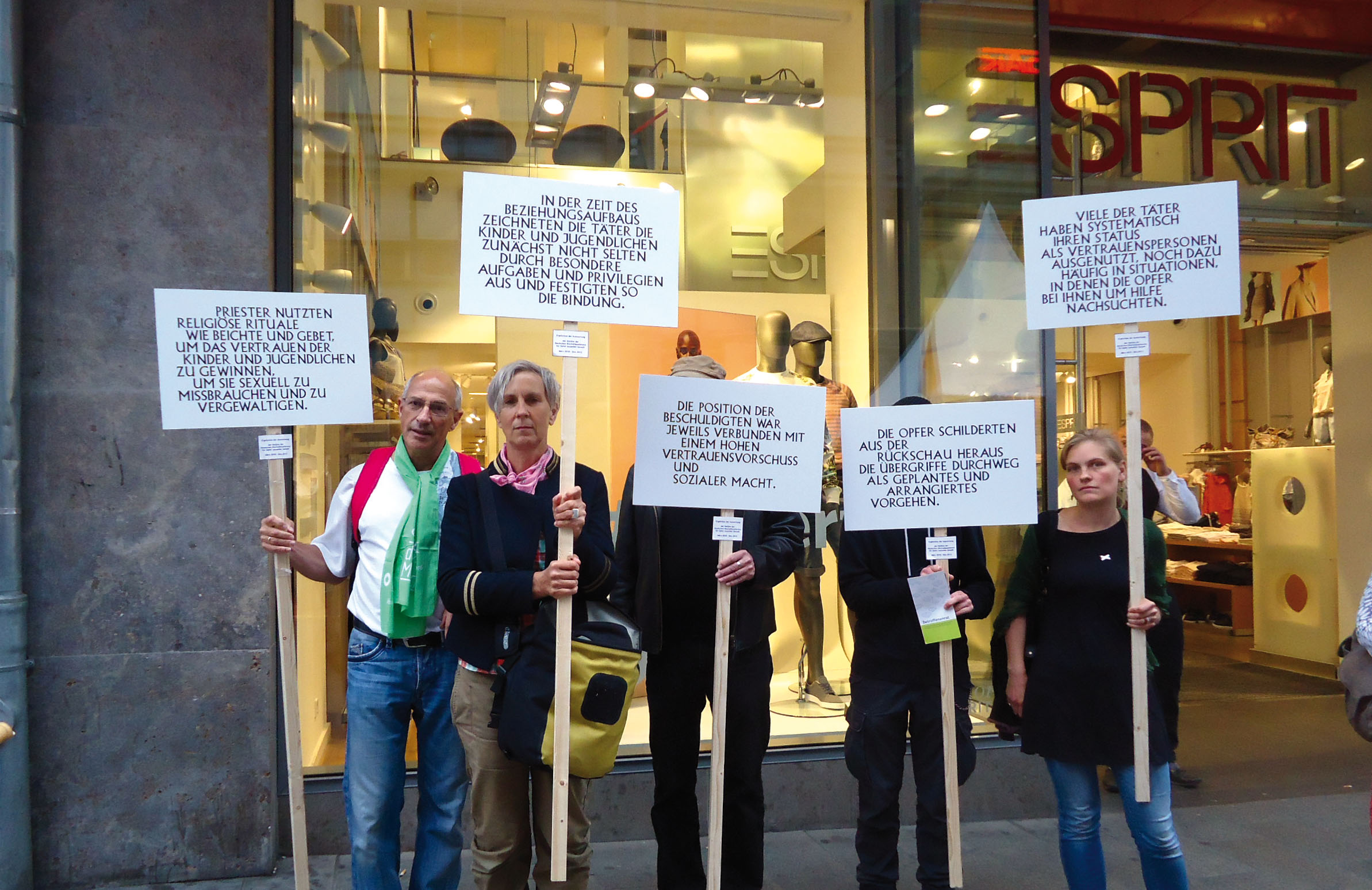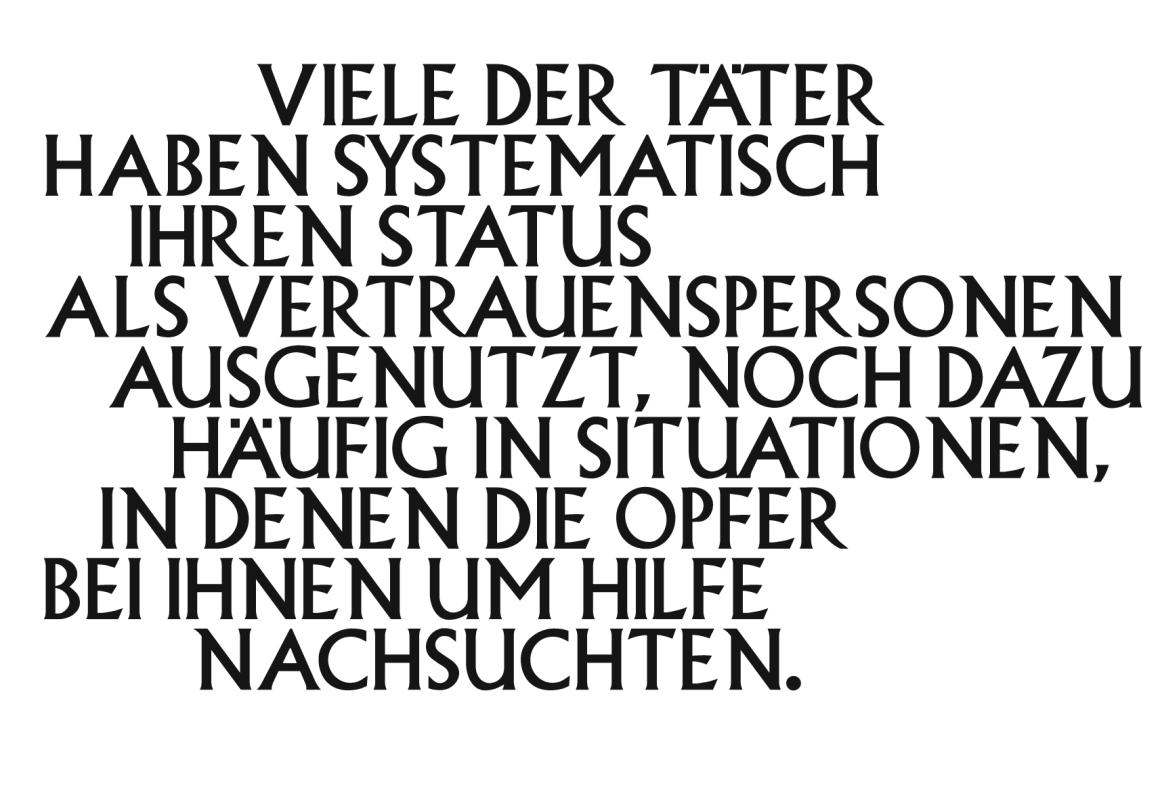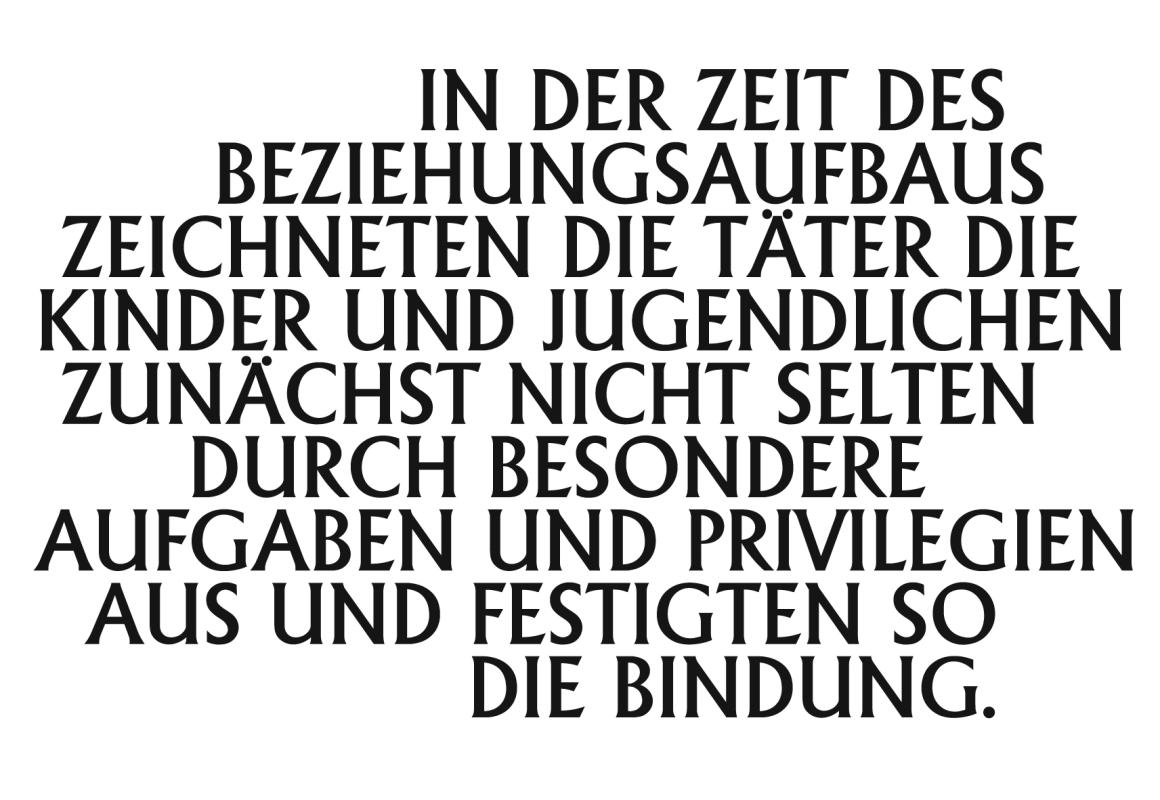Lavabo
Victims-survivors of sexual violence perpetrated within the Catholic Church and its institutions have demanded the right to be heard in recent years, all over the world. This has brought to light countless cases of assault – and the offenders’ identities – which had been kept quiet or hotly denied, despite having long since been registered and documented in the (secret) archives of the Catholic Church, bishoprics and the Vatican.
However, many such cases of aggravated physical and psychological mistreatment, assault and rape had happened too long ago to be able to be pursued in court, and also many files had been destroyed, and therefore much evidence lost. What is being done now, with the knowledge of these crimes and the files still available? How (if at all) are the Catholic Church and its individual institutions and bishoprics assuming their responsibility for decades of silence and denial? How (if at all) are the perpetrators of sexual violence and those complicit in their crimes, also by omission, now being brought to justice? How are the victims-survivors themselves being treated?
In my serial work “Lavabo and Pins”, I address cases of sexual assault perpetrated within the Catholic Church and its institutions. For two years I pursued research and looked for relevant ways to apprehend through art not only the scale and multifaceted character of this crime, but also the efforts made by the Church, not least by the Vatican, to protect those who perpetrate it.
Lavabo inter innocentes manus meas
2014 | c. 4 000 pins, Lavabo cloth on foam board | 30 x 50 cm
Circa 4 000 pins stuck into a white lavabo towel spell out the Latin words said by a priest when he washes his hands in an extraordinary form of the Roman rite: “Lavabo inter innocentes manus meas…” (I will wash my hands in innocence…).
Lavabo (from the Latin lavare: to wash; here, “I will wash”) is the name of the symbolic rite of hand washing performed by a priest during Holy Mass. An acolyte thereby pours a few drops of water onto the priest’s hands then catches them in the lavabo dish. A second acolyte offers the priest the lavabo towel so he can dry his hands.
Confess and Pray
2014 | c. 7 000 pins, Lavabo cloth on foam board | 30 x 50 cm
The work is based on findings of the Final Hotline Action Report of the German Bishops’ Conference on Victims of Sexual Abuse, published after counselling had been made available online, or by telephone or post, from March 2010 to December 2012.
The 7 000 pins spell out a quote from the Hotline Action Report:
“Priests use religious rites, such as confession and prayer, to win the trust of children and young people, only then to sexually abuse and rape them.”
Source: Final Hotline Action Report of the German Bishops’ Conference on Victims of Sexual Abuse, Part 2: Descriptive Statistics on the Offences Reported, 2013
He said, now we are united in love
2014 | c. 3 670 pins, Lavabo cloth on foam board | 30 x 50 cm
3 670 pins spell out this statement by a male victim-survivor, which was recorded in the Final Hotline Action Report of the German Bishops’ Conference on Victims of Sexual Abuse (Hotline from March 2010 to December 2012).
Source: Andreas Zimmer/ Dorothee Lappehsen-Lengler/ Maria Weber/ Kai Götzinger, Sexueller Kindesmissbrauch in kirchlichen Institutionen – Zeugnisse, Hinweise, Prävention, Beltz Juventa 2014: Weinheim and Basel
